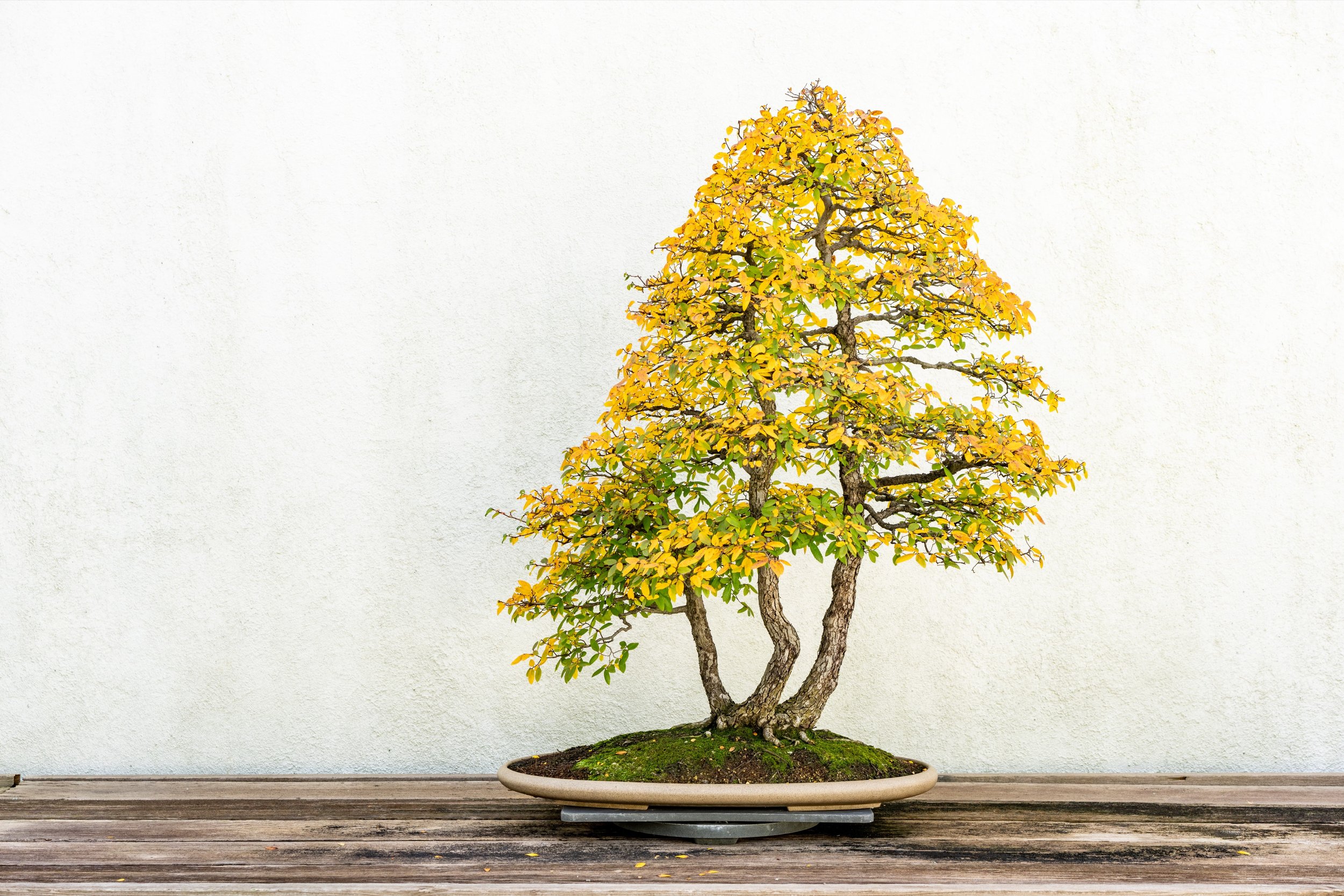I laughed to myself as I began composing this first shot. I’ve been the museum for fifteen years, and seriously photographing here for nearly ten of those years. And here, in front of me, was an essentially unchanged scene that I’d never spent a moment looking at. It was too obvious, and I’ve long felt an innate resistance to making those photographs that felt “easy”. But as a photography teacher once told me, pay attention to what you’re paying attention to.
And today, those beautifully carved letters were being accented by the angular Fall light and the whole scene felt as enduring as the trees themselves. I kept the camera’s shutter open for 1/3 of a second to capture some of the blur of the foreground plant as it swayed in the cooling afternoon breeze. Its impermanence felt like a welcome balance to the stone.
In the Fall, we see those most dramatic of changes and are given the opportunity to watch as the Autumn colors spill across a tree’s canopy. Each species has its unique way of expressing its color as the leaves lose their chlorophyll. Year to year, that transition can vary based on the weather and precipitation.
I’m appreciative of the museum’s minimal design that showcase these trees in front of white, lightly textured walls, so that their texture, shape and essential nature resonate outward towards the viewer. Soon, some of these trees will be transferred to the Chinese Pavilion where they will be protected from the coldest nights of winter.
This cycle continues as it has for decades, even centuries for some trees. For now, we get to appreciate them at their most showy—resplendent in these slowing days of Autumn.











